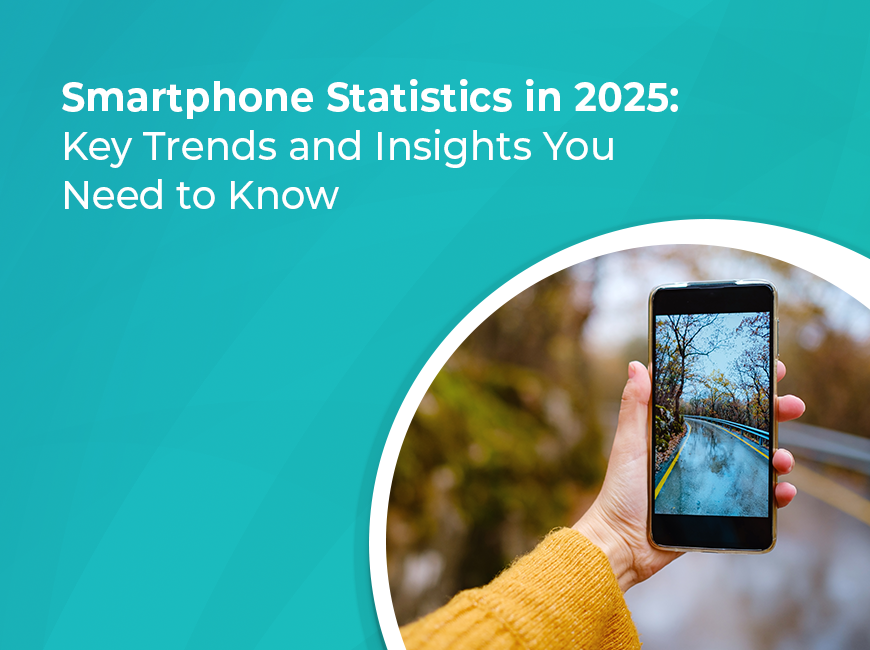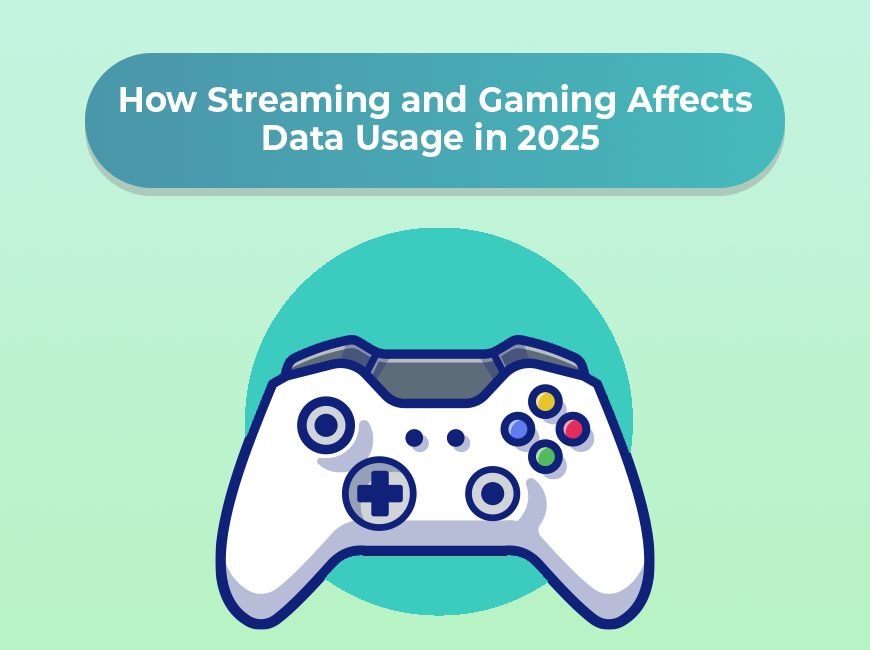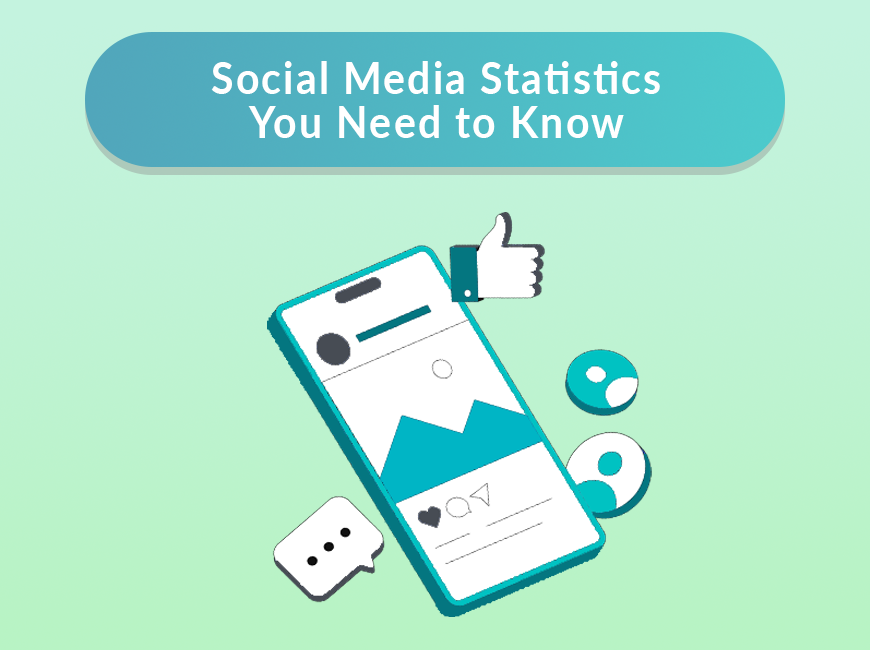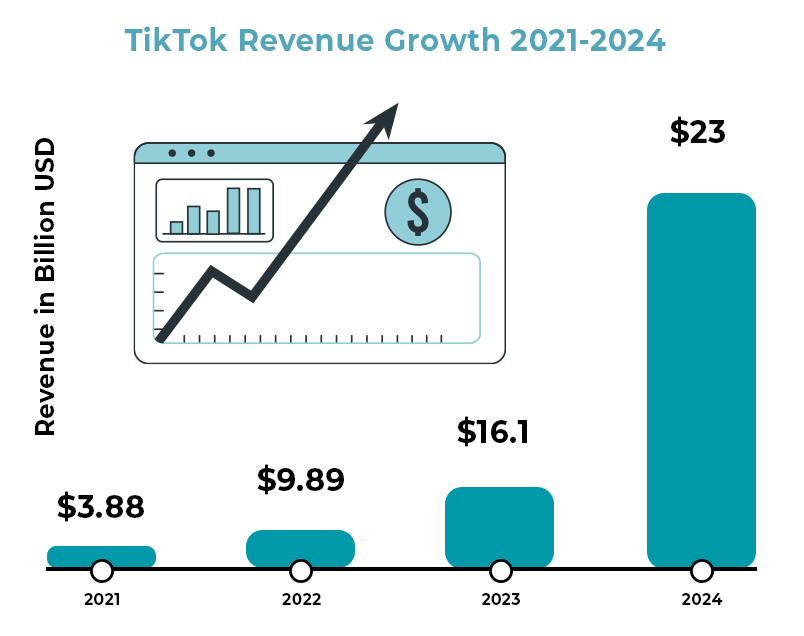Think about the smartphone you’re using right now. What can it do? How much did it cost you, and what’s the ongoing cost? How many people share the same experience, and how many could go without one for any period? The influence of smartphones in today’s world continues to grow, and understanding their impact is crucial to understanding the modern digital landscape.
Here’s what you need to know about smartphones in 2025:
1. Global Smartphone Market Growth: Key Stats for 2025
As of 2025, there are approximately 7.43 billion smartphones worldwide. This is a significant increase from previous years, with smartphones making up the majority of these devices. This rapid growth shows how mobile technology is evolving, especially with the rise of 5G networks and advancements in mobile technology. Mobile app stores continue to generate billions each year, and investments in smartphone innovation are robust, with companies aiming to be the next leaders in a market that remains incredibly dynamic.
Comparatively, 8.31 billion mobile phones are currently in use worldwide. Exactly how quickly they’ll shift to a smartphone remains to be seen, but it will likely be as soon as they can afford it and have access to the technology.
Based on predictions, by 2026 there will be 7.58 billion smartphones across the world. As a reminder, such a level of connectivity is unprecedented.
2. Smartphone Usage Habits in 2025: How Much Time Do People Spend on Their Phones?
Smartphones have become essential for modern life—so much so that many people feel phone dependency. It’s rare to find someone without a mobile device, and the average person spends more than 4.5 hours per day on their smartphone. This dependency is more pronounced among younger generations, with the global smartphone penetration rate estimated to hit 90% in 2025.
Smartphones aren’t just for communication; they’re integral to everything from mobile shopping to entertainment and work-related tasks. It’s no surprise that the average smartphone user checks their device 58 times a day, an increase from previous years. This trend indicates the growing reliance on smartphones for everything, from managing daily tasks to quick social media updates.
Interestingly, smartphones are also replacing other electronic devices. While laptops and desktops remain relevant for heavy computing, smartphones have taken the lead in many categories like mobile shopping, where purchases made via smartphones continue to surge.
3. Demographics of Smartphone Use: Who’s Using Smartphones in 2025?
While smartphone ownership is widespread in many parts of the world, there’s still substantial growth potential in emerging markets. In 2025, it’s anticipated that the global smartphone user count will reach 5.28 billion, with nearly every individual in developed countries owning a smartphone, and many in developing countries expected to follow suit soon.
Let’s break down smartphone usage by demographic:
- Age: Younger generations (18-29 years old) are the most active smartphone users. In fact, 98% of U.S. adults in this age group use a smartphone, while only 79% of those 65 and older own a smartphone.
- Income: People with higher incomes are more likely to own high-end smartphones, while lower-income households tend to own older models or more affordable options. However, smartphone penetration across all income groups has surged in the past decade.
- Geography: Countries like Indonesia, Nigeria, and Vietnam are seeing rapid adoption rates, which are expected to further fuel the global smartphone market. Asia remains a focal point for the growth of mobile users with China coming in first place, but companies will also need to adapt to local needs and affordability to expand their reach effectively.
4. 5G Technology and the Future of Smartphones in 2025
The transition to 5G technology is well underway, and by 2025, the global 5G user base is expected to exceed 2.5 billion. This enhanced connectivity is driving new opportunities for smartphones, such as faster downloads, improved mobile gaming experiences, and increased reliance on mobile for work and entertainment.
Smartphones are also playing a pivotal role in the Internet of Things (IoT), connecting with smart devices from home security systems to wearables and beyond. By 2025, 75 billion IoT devices are expected to be connected, with smartphones being a central hub for many of these devices.
5. Phones vs Other Electronics: Why Smartphones Are Dominating
When comparing phones vs other electronics, smartphones are taking a dominant role in the daily lives of consumers. In February 2025, mobile devices (including smartphones and tablets) accounted for 62.23% of global web traffic, while desktops contributed 35.91%. Tablets and computers are still crucial for certain tasks, but for many, smartphones have become the go-to device for almost everything. Among U.S. adults aged 18 to 34, over 70% primarily use mobile devices to access the internet, with 40% relying solely on smartphones. In contrast, only 28% of individuals aged 50 and above exhibit mobile-only online behavior. From browsing the web to checking social media, to shopping online and even managing financial transactions, phones are increasingly becoming a central hub for people’s daily lives.
6. Smartphone Addiction: How Phone Dependency Is Changing Our Lives
Smartphone addiction is a growing concern in the digital age, with many individuals spending excessive time on their devices. As we become more reliant on our phones, issues such as mental health problems, sleep deprivation, and reduced productivity are emerging as side effects of phone dependency. In fact, 87% of smartphone users check their phones within one hour of going to bed, and 69% check them within five minutes of waking up.
7. The Rise of Mobile Shopping: A Key Driver of Smartphone Growth
The mobile shopping industry is booming, with smartphones becoming the primary device for purchasing goods online. Mobile commerce is expected to account for 72% of all e-commerce sales globally by 2025. This shift in consumer behavior is driven by the convenience of shopping on-the-go, as well as the growing availability of mobile payment systems like Apple Pay and Google Wallet.
8. Social Media and Smartphones: The Perfect Match
Smartphones have revolutionized how we use social media. With apps like Instagram, TikTok, and Facebook at our fingertips, smartphones have made social media access more ubiquitous than ever before. The rise of mobile-only social platforms has further fueled the shift towards smartphones as our main digital interface.
- Usage Trends: More than 99% of social media users access platforms via mobile devices, a figure that has steadily increased year-over-year.
- Social Media Engagement: On average, smartphone users spend more than one-third of their total mobile time using social media apps, with younger users spending more time engaging with platforms like TikTok and Instagram.
Conclusion: The Future of Smartphones in 2025 and Beyond
In 2025, smartphones are no longer just a luxury—they are a necessity. With mobile shopping on the rise and phone dependency becoming a part of modern life, smartphones are only expected to increase in importance. Their role in the Internet of Things and their ability to replace other electronics will continue to shape the future of technology. Whether you’re an individual, a developer, or a company, understanding this shift will be key to adapting to the tech landscape of tomorrow.






